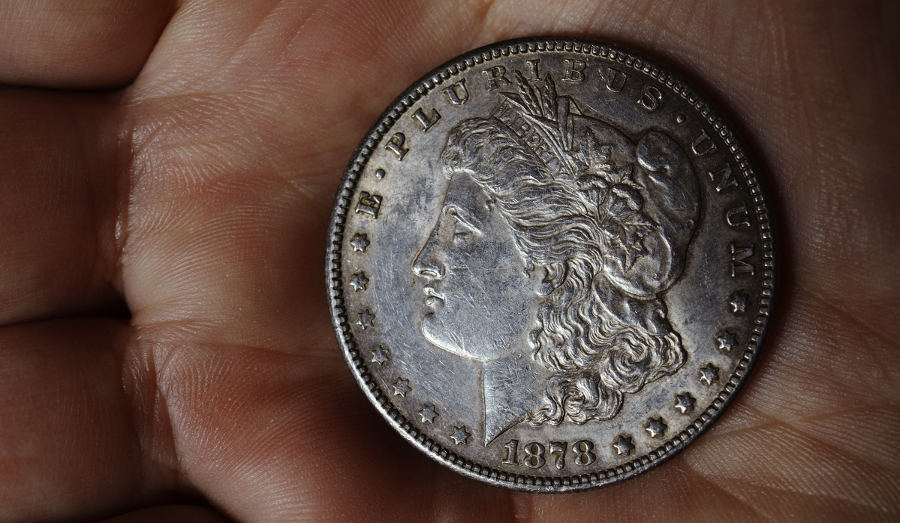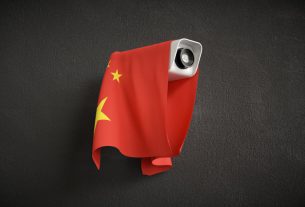One of the most iconic silver coins minted in the United States is one much beloved by both investors and collectors: the Morgan Silver Dollar. While it was always considered beautiful, the gradual switch from a silver-denominated dollar to the gold standard ensured that the Morgan dollar never circulated that much. It didn’t help either that the dollar coin contained more silver that two half dollars, four quarters, or ten dimes, which meant that Gresham’s Law operated to ensure the coins didn’t circulate.
Initially minted in 1878, the first run of the Morgan silver dollar’s production ended in 1904. Minting began again in 1921, as the inflationary monetary policy of World War I necessitated the production of more silver coinage for everyday circulation. The Morgan dollar was quickly replaced by the Peace Dollar, which remained in production until the mid-1930s.
Because of government requirements to purchase silver for coinage in order to help the Western mining states, and the limited use of Morgan dollars in circulation, the government gradually accumulated larger and larger stores of these coins. But as the price of silver began to rise in the 1960s and the metal value of the coins began to eclipse their face value, more and more investors began to take advantage of the Treasury’s offer to sell those coins at face value. That came to an end in 1964, however, yet the government still maintained large stockpiles of the Morgan Silver Dollar.
Those were eventually sold off and formed the basis of some amazing collections. And now that Morgan silver dollars are worth well more than face value they remain a favorite coin for both investors and collectors. Like many silver coins they often sell for significant premiums to their face value. During times of high demand, don’t be surprised to see prices exceed 60% of the coins’ melt value. And as the Morgan dollars age, their value in the eyes of collectors will only increase.
One thing you need to be concerned about when buying Morgan dollars is the risk of counterfeits. Even weighing and measuring coins isn’t a guarantee that the coin you’re buying is genuine. Because of well-made counterfeits coming in from China, collectors and investors need to take common sense precautions to minimize their risk of becoming victims. That means if the price seems too good to be true, it probably is a counterfeit. Your best bet is to buy your coins from an established dealer who can be trusted to weed out counterfeits.
While the risk of purchasing a counterfeit is most acute among those looking for collector-grade pieces, as the price of silver rises the incentive to bring more counterfeits into the country increases. Some of the counterfeits are even made out of the correct amount of silver, meaning that those just looking for the bullion value of the coins are getting what they bargained for. Those coins might be considered more of an “unauthorized restrike” rather than an outright counterfeit.
Unlike coins such as the American Silver Eagle, the Morgan Dollar is not eligible to be held by a precious metals IRA. Only modern American silver coins such as the Silver Eagle or equivalent foreign bullion coins may be purchased and held by a precious metals IRA. That means if you want to invest in a Morgan silver dollar you’ll have to figure out how to store them yourself, and you won’t get the tax advantages of an IRA. Still, if you’re looking for a good source of silver in a SHTF situation, the Morgan dollar is hard to beat.
Coin Specifications
- Weight: 26.73 g (412.5 grains)
- Purity: 90% silver
- Silver Content: 24.05 g (0.7734 troy oz)
- Diameter: 38.1 mm (1.5 in)
- Thickness: 2.4 mm
This article was originally posted on Red Tea News.





